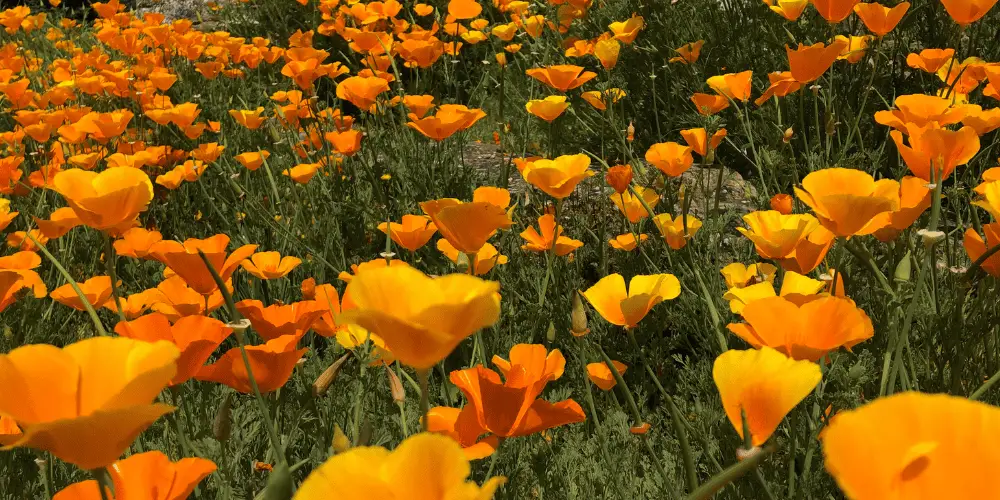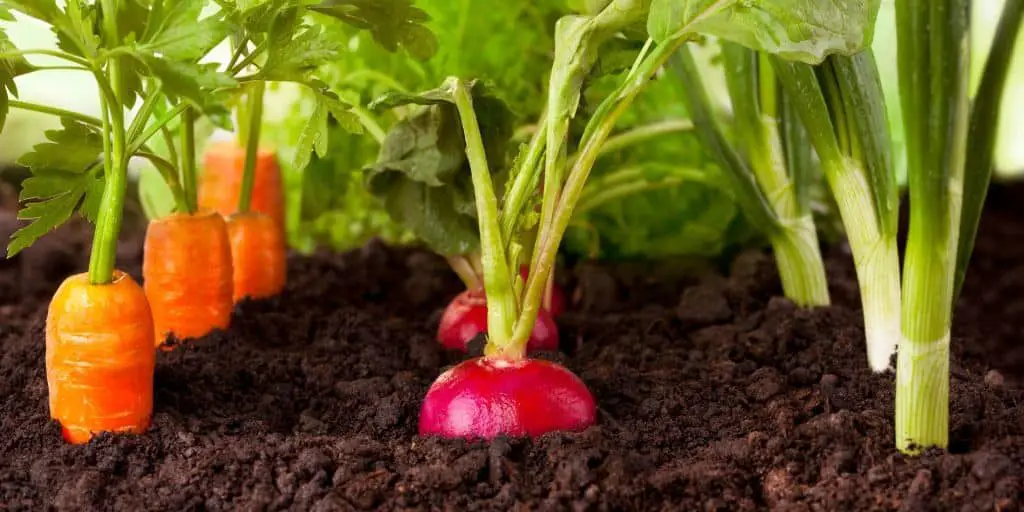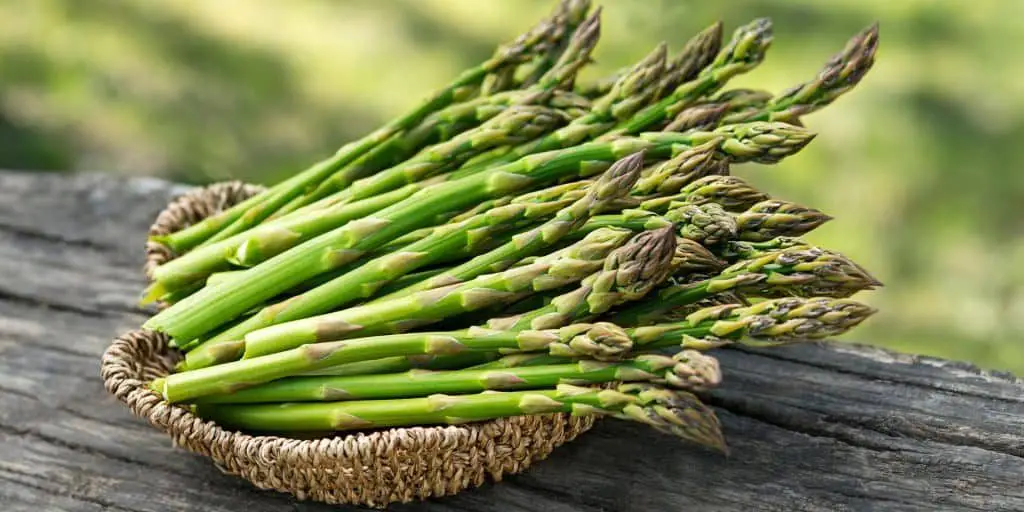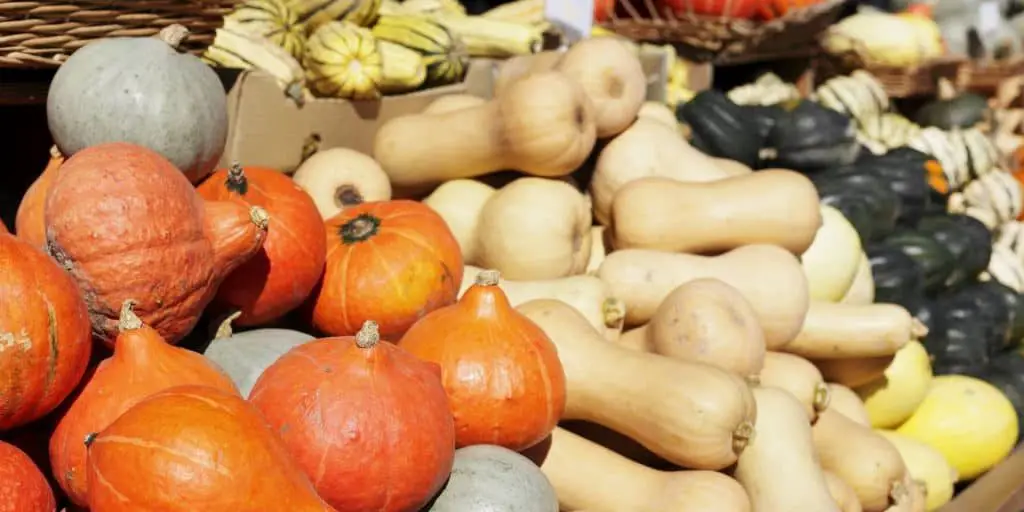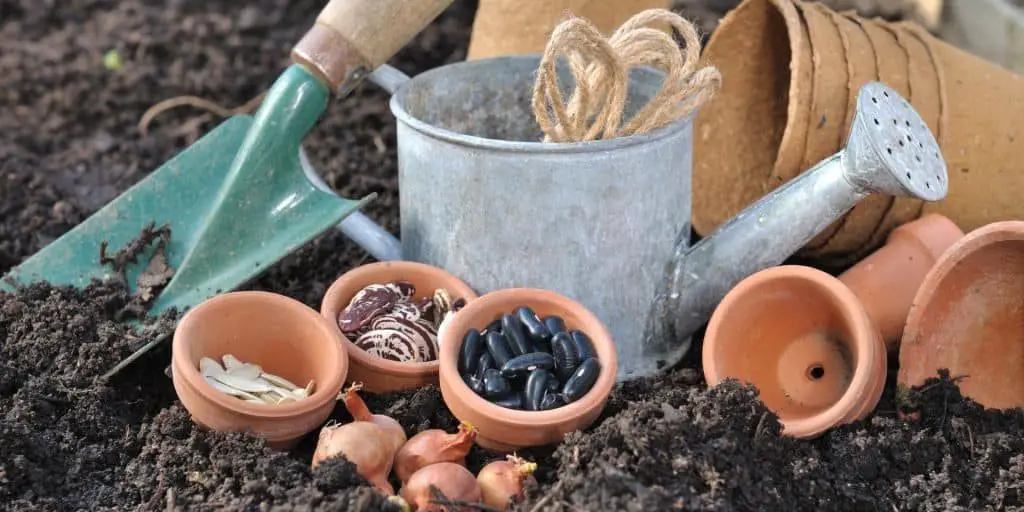
How to Choose Seeds For Your Garden
Ready to pick out some seeds for this spring, but not sure where to start or what seeds are right to choose for your garden?
We’ve put together a quick guide to help you figure out what you want to grow, what you can grow in your climate, and how you can extend your season for a longer harvest window.
Make a list of what you want to grow
Start with the fun part!
Do you have a favorite vegetable that you buy a lot from the grocery store or farmers’ market? Have you always dreamed of growing your own pumpkin? Do you love flowers and want to try growing a cutting garden in your own backyard?
Make your list down one side of a sheet of paper; you’ll need to come back and make some additional notes once you’ve done a little more research.
How to find your hardiness zone
Not every plant is able to grow in every location. This is because of the difference in high temps, low temps, and overall length of the growing season in different location–basically, the difference between a plant’s native climate and your local climate.
You can figure out what plants will grow in your garden by finding your growing zone, also known as a hardiness zone.
The easiest way to do this is to go to the USDA climate zone map and input your zip code. The number (sometimes number+letter) is shorthand for your growing zone. Many different kinds of perennials and vegetables are capable of growing only in a certain range of zones.
If you already know the ins and outs of what makes a growing zone unique, skip ahead a bit. But if this is the first you’ve heard of them, let us explain in a little more detail about what that number actually communicates about your local climate.
Average first and last frost = How many days in your growing season
These dates will be especially important if the seeds you want to grow are vegetables. That’s because different vegetables have different timelines to harvest. For example:
Lettuce, depending on the particular, generally has a timeline of 21 days (if you harvest it as baby greens) up to 40 or 60 days (if you harvest it as a full head).
Sweet corn, on the other hand, has a minimum of 60 days to harvest, and some types take up to 80 days to mature.
So if you live in a colder climate where your final frost comes late in spring, and your first frost comes early in fall, you need to focus on growing seeds that will come to fruition within that time frame.
If you’re willing to invest in season extension like row cover or greenhouses, that expands your options a bit. We’ll cover that a little further on in this article, but for now let’s look at the next big factor in hardiness zones.
Average high and low temperatures
This information matters because some plants do very well in places with hot summer weather–like tomatoes, peppers, eggplant, and corn. Others, especially leafy greens like spinach, lettuce, and kale thrive in cool temperatures.
It is helpful to know your average seasonal highs and lows because then you can plan your garden schedule around what your plants will need.
For cold-loving plants, you can plan to plant and harvest them mostly in spring and fall, and skip the hottest months when they won’t thrive. In some places, you may be able to grow cool-weather plants during hot summers by providing extra water and afternoon shade.
When it comes to heat-loving plants, for example, you can cover the seeds at night when they are young to protect them from the cooler nights until the season warms up.
That brings us to your next step: determine if you’re up for the challenge of artificially extending your growing season.
Do you want to try season extension?
“Season extension” is a term that gardeners and farmers use to refer to things that they use to make their growing season last longer. There are a few different ways to do this, but greenhouses, caterpillar tunnels, and row cover are the most common and accessible.
Greenhouses
The most recognizable form of season extension is the greenhouse. This structure encloses garden beds, allowing both the air and the soil to be warmed by the power of the sun during fall, winter, and spring.
Some greenhouses are passive, which means they rely entirely on the sun’s energy for heat. They tend to be about 10 degrees warmer than the ambient, outdoor temperature. They are less expensive, but at nighttime the plants they cover can still be affected by frost, as the interior temp drops dramatically after sundown.
Others are active, with oil heaters or underground heating systems that keep the inside at a set temperature through the night and coldest weather. Greenhouses like these are actually used by commercial vegetable growers in such icy climes as Wyoming and Nebraska, and there are quite a few small-scale backyard greenhouses on the market.
Caterpillar tunnels
Caterpillar tunnels are similar to passive greenhouses, except instead of being a whole structure, they consist of a long strip of tough plastic stretched over a row of steel or PVC hoops. The plastic is then tied down with cord that zig-zags down the length of the tunnel, anchoring each segment of the tunnel securely to the ground.
These tunnels are easy to assemble or disassemble, and are generally less expensive than greenhouses. Both greenhouses and tunnels can buy you a few more months of growing time on either end of your season.
Row cover
Row cover is basically what it sounds like–a light, thin fabric that you can use to cover a row of frost-sensitive plants during a frosty night.
You can lay row cover directly on the plants, or for the coldest nights you can use hoops made of PVC or heavy-gauge wire to lift it up off the plants. You can also add extra layers of row cover for even more protection.
This option is very affordable and, while it’s not as effective as greenhouses or tunnels at capturing and retaining heat, they still do a good job of keeping lighter frosts from impacting plants. You’ll still get an extra few weeks out of your season by using this method.
Check your list twice
Now go back to the list of seeds you wanted to try growing.
Using a reputable seed company, check and see if the seeds you want to grow have a timeline to harvest and/or temperature preference that matches your hardiness zone.
Here’s a few of the online seed catalogs we know and love:
After that, all you have to do is place your order and wait for spring!
While you’re waiting, learn How to Read A Fertilizer Bag, and How to Apply Compost By Hand (The Easy Way!)

